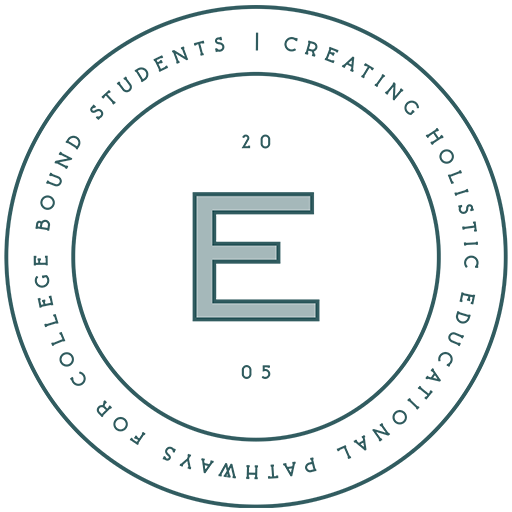In the previous post, “Navigating College Accommodations: What to Look for in a College“, we discussed the different levels of support colleges offer for students with disabilities. Some institutions provide only the basic legal accommodations, while others offer more comprehensive, personalized programs. Knowing these distinctions is key to choosing a college that fits your needs.
We are continuing our “Navigating College Accommodations” series, and it’s crucial to understand the key differences between high school and College Accommodation systems for a successful transition.
High School vs. College
Understanding the key differences between high school and College Accommodation systems is essential for a smooth transition. While recognizing shifts in responsibilities and resources, you’ll also be prepared to navigate college life and advocate for yourself effectively.
Intent of the Law:
- High School: All students are entitled to a free appropriate public education while the schools ensure they do not discriminate based on disability.
- College: Colleges are required to ensure they do not discriminate against qualified individuals with disabilities while providing access to academic programs and services.
Coverage:
- High School: The school system covers students from age 3 through high school graduation.
- College: Colleges Accommodate any student with a diagnosed disability while disclosing it to the institution.
Central Principle:
- High School: Education is a right while schools must make fundamental alterations to programs and services to accommodate students.
- College: Education is viewed as an opportunity, meaning that students must meet specific admissions criteria and fulfill other requirements in order to access services.
Identification:
- High School: The school is responsible for identifying students with disabilities.
- College: The student must self-identify their disability.
Coverage of Documentation:
- High School: Responsible for assessing students. Also, they will provide the necessary documentation.
- College: Students must proactively obtain and submit documentation of their disability to the SAS Office in order to receive accommodations. Without this step, the necessary support may not be provided.




